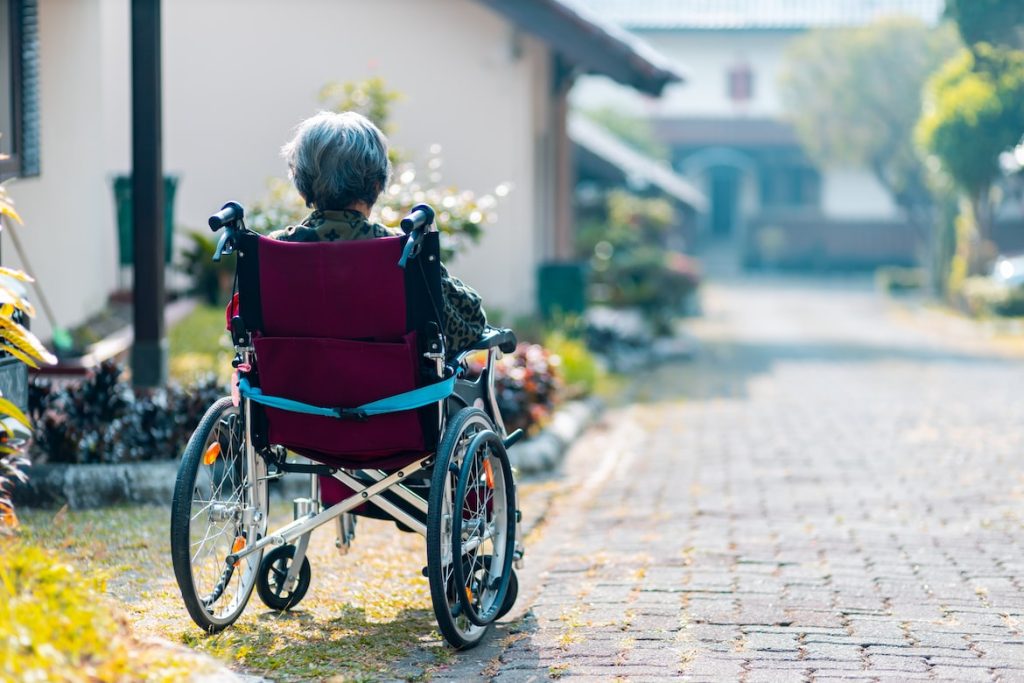
It is no news that the risk of getting a chronic disease increases as you grow older; this is because the body’s rate of metabolism, the immune system, and all the working systems in the body become weaker.
The occurrence of chronic diseases in older adults has now become something ‘normal’ and to be expected. However, some of these chronic diseases are more common than the rest.
Learning about the common chronic diseases in older adults is important because you know what to expect and possible ways to prevent them. It is also crucial because you can identify symptoms earlier on and get treatment on time.
RELATED POSTS:
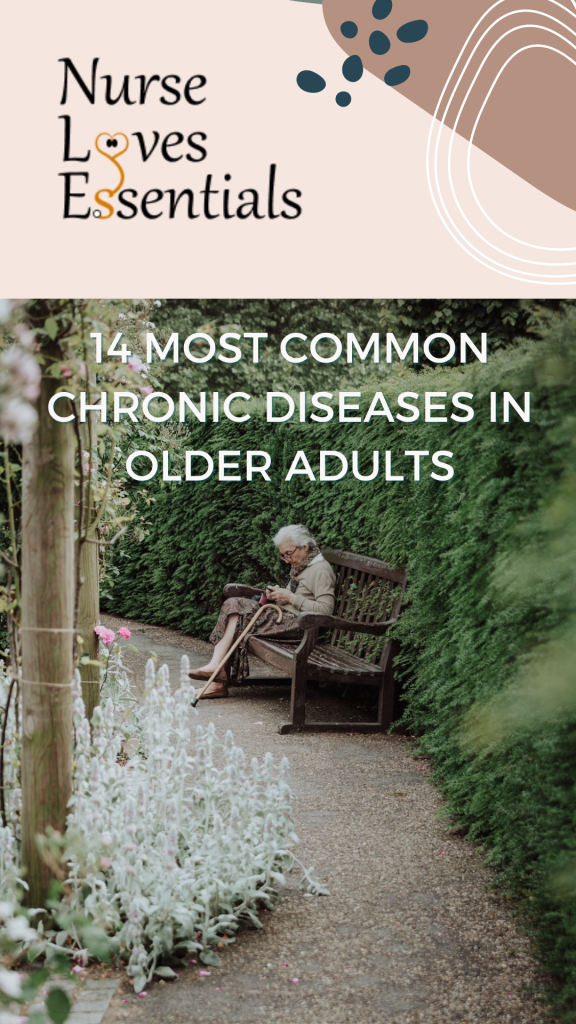
Definition of chronic diseases.
Chronic diseases are diseases that are persistent and last for a long time. These diseases are usually without a known cure. They must be managed almost all through life because they cannot be prevented by vaccines or treated with medications to the extent that they disappear permanently.
Who are older adults?
According to the United Nations, an older adult is someone who is over 60 years of age. Although some states and countries have different criteria for who qualifies as an older adult, it is usually within the range of 55-65 years.

Common chronic diseases in older adults
Although chronic diseases are not restricted to older adults, some are age-specific.
1. Alzheimer’s disease
This is one of the most common chronic diseases in older adults. A 2022 study revealed that an estimated 6.5 million Americans aged 65 years and above have Alzheimer’s disease. Out of these, 73% are above 75 years.
Alzheimer’s is a progressive neurological disease resulting from shrinkage and death of brain cells. It affects deductive thinking, behavior, and social skills, and the patient will be incapable of independent functions.
Age is a significant risk factor for Alzheimer’s, but genetics can also influence it. Prevention of Alzheimer’s includes living a healthy lifestyle, eating a healthy diet, and getting enough sleep. You can also engage in mental exercises to sharpen your thinking and exercise your brain cells.
2. Dementia
Dementia is not a normal part of the aging process, but it is caused by changes in brain cells. It is a chronic disease in older adults because most adults develop dementia when they have Alzheimer’s, which is why it is usually grouped with Alzheimer’s disease.
However, dementia is the loss of intellectual and basic communicative abilities.
Factors that affect susceptibility to dementia cannot be controlled. Still, several preventive measures might prevent or slow the progression of the disease, including staying active, getting enough sleep, and eating healthy.
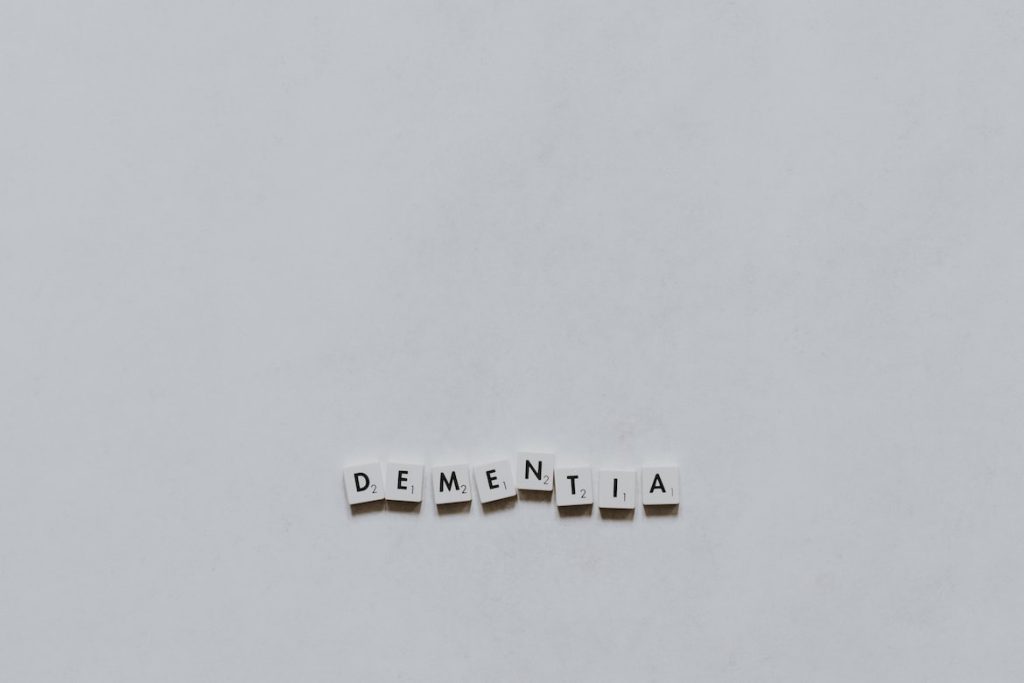
3. Diabetes
When you are over 45 years, there is a high chance of getting diabetes.
Diabetes occurs when the body does not produce enough insulin or is resistant. Insulin is a hormone naturally produced by the pancreas to control the amount of glucose in the bloodstream and get energy from the food we eat. When insulin is absent in the body, glucose is accumulated, which results in high blood sugar levels.
Diabetes can rapidly deteriorate when it is not controlled, resulting in chronic kidney disease, heart disease, and blindness.
The best way to prevent this is to eat healthy meals, avoid too much sugar, work out regularly to burn sugar, and keep a healthy weight.
4. High cholesterol
For people who like to eat a lot of junk food and fried foods, you should change that habit.
High cholesterol levels occur when there is an excess of bad fats or lipids in the body. These excess fats can clog the arteries and result in heart disease.
Lifestyle changes are usually vital in preventing cholesterol-related diseases. These changes include exercising, a healthy diet, alcohol abstinence, and a healthy weight.
5. Chronic obstructive pulmonary disease (COPD)
This is a lung disease where airflow from the lungs is obstructed, resulting in difficulty breathing. Chronic obstructive pulmonary disease symptoms often include chest tightness, wheezing, and cough.
The risk factors are smoking, air pollution, and prolonged exposure to irritating gasses and particulate matter.
Also, COPD is a chronic disease that makes patients susceptible to other chronic diseases like heart disease and lung cancer. To avoid multiple chronic conditions, you should manage your health and live a healthy lifestyle. It is also recommended that flu vaccination and pneumonia vaccination can prevent or at least slow down the progression of the disease.
There are two main COPDs:
- Emphysema is a disease that occurs when the alveoli (air sacs in the lungs) are damaged. The damage causes a weakening of the inner walls of the alveoli and leads to rupture. The rupture then creates larger air spaces in the lungs, which are irreversible.
- Chronic bronchitis is a long-term inflammation of the bronchi (the two large tubes that connects the windpipe to the lungs) and is characterized by persistent coughing that lasts up to 3 months and reoccurs multiple times.
6. Coronary heart disease
This disease occurs when the arteries leading to the heart are blocked by plaque. It reduces the amount of oxygen-rich blood that enters the heart, which can result in blood clots and even heart attacks.
It is best to reduce the amount of trans fat in your diet, avoid smoking, and reduce sugar and salt intake to prevent or reduce the risk of coronary heart disease. Also, you should reduce the amount of stress you are exposed to, avoid heated conversations, and get enough sleep.
7. Arthritis
Arthritis is a word used to describe diseases that affect the joints; it is also one of the most common chronic diseases in older adults. There are different types of arthritis, but the most common are osteoarthritis and rheumatoid arthritis. It is an inflammatory condition that causes joint swelling, stiffness, and pain.
The best way to prevent this is to engage in regular, lightweight exercises like walking, have a good sitting posture, and maintain a healthy weight.
8. High blood pressure
High blood pressure implies that your heart muscles contract to pump blood faster than the arteries can take. This causes hypertension and can result in more severe heart conditions like stroke and heart attack.
To avoid this, you should maintain a healthy diet, avoid stress, and exercise regularly. Also, learn to rest when you need to and not overwork yourself.
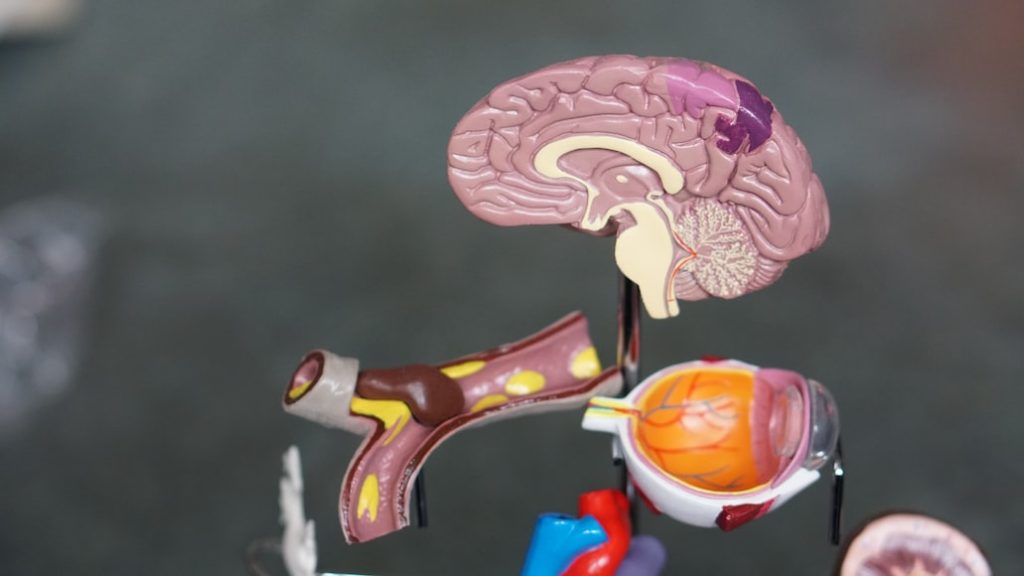
9. Depression
Age can make you more vulnerable to depression. There are different causes of depression depending on each person, but risk factors might include fatigue, stress, loneliness, sadness, and feelings of unfulfillment. Depression varies per person, but you might experience difficulty in sleeping, loss of appetite, and fatigue.
As you grow older, you might feel a sense of failure or loneliness; the best way to avoid depression is to have people around you, stress management, and exercise.
You should engage in activities that make you feel in control and try new things to feel a sense of accomplishment.
10. Chronic kidney disease
This is one of the common chronic diseases in older adults. The kidney is one of the primary excretory organs in the body, and diseases that affect the kidney often impair its excretory functions, resulting in the retainment of things that the body should excrete.
Chronic kidney diseases can result in insomnia, bloating, swollen joints, and muscle cramps. It also increases the risk of heart disease and kidney failure. The causes of chronic kidney diseases can range from uncontrolled diabetes to kidney stones.
The best way to help your kidney is always to stay hydrated, avoid overusing medications, and treat diabetes and high blood pressure well.
11. Heart failure
The heart is a muscular organ; as you age, it might become more difficult for the heart to pump enough blood and meet the body’s demand for oxygen. This can result in heart enlargement and increased muscle mass, causing the heart to pump faster than it should. The symptoms might reflect lightheadedness, nausea, tiredness, and confusion.
Heart diseases are not to be joked with; if you feel any discomfort in your heart, you should see your doctor immediately.
12. Glaucoma
Although glaucoma is a disease that can affect any age, it is more common in older adults and is one of the leading causes of blindness in people over 65.
This is because the optic nerve becomes more vulnerable as you age and might not be able to withstand several pressures, making it easier for glaucoma to progress faster in older adults.
13. Parkinson’s disease
Another common chronic disease in older adults is Parkinson’s disease.
The risk of Parkinson’s disease increases with age, according to Mayo Clinic. It is a progressive disease that affects the body’s nervous system and all body parts controlled by nerves. It can cause tremors and stiffness and affect movement.
The symptoms of Parkinson’s disease worsen as it progresses and can ultimately affect facial expressions and speech. There is no exact precautionary measure for Parkinson’s disease, but regular aerobic exercises might reduce the risk.
14. Age-related macular degeneration (AMD)
This chronic disease is specific to older adults above 50 years of age. It occurs when a part of the retina called the macula is damaged, affecting only the central vision of the eye, which can result in loss of eyesight. You might need help recognizing faces, reading small letterings, and even driving in advanced AMD stages.
People who smoke a lot, eat an unhealthy diet, and have high blood pressure are more at risk.
Can you prevent the onset of age-related chronic diseases?
It is possible to prevent the onset of age-related diseases and even slow their progression. However, these preventive measures might not be scientifically proven and differ from person to person.
Healthy lifestyle habits, exercises, healthy diet, and other activities are said to have a positive impact and might be able to prevent the onset of age-related diseases.

Chronic diseases in older adults can be prevented or managed through several lifestyle factors. Healthy living is the best way to grow old healthily and reduce the risk of age-related chronic diseases.
While some chronic diseases might be impossible to prevent due to genetics and the environment, there are ways you can manage and live happily even with a chronic illness.
Which other chronic diseases in older adults have you heard of?
READ ALSO: Sleep and chronic disease | How to deal with sleep issues
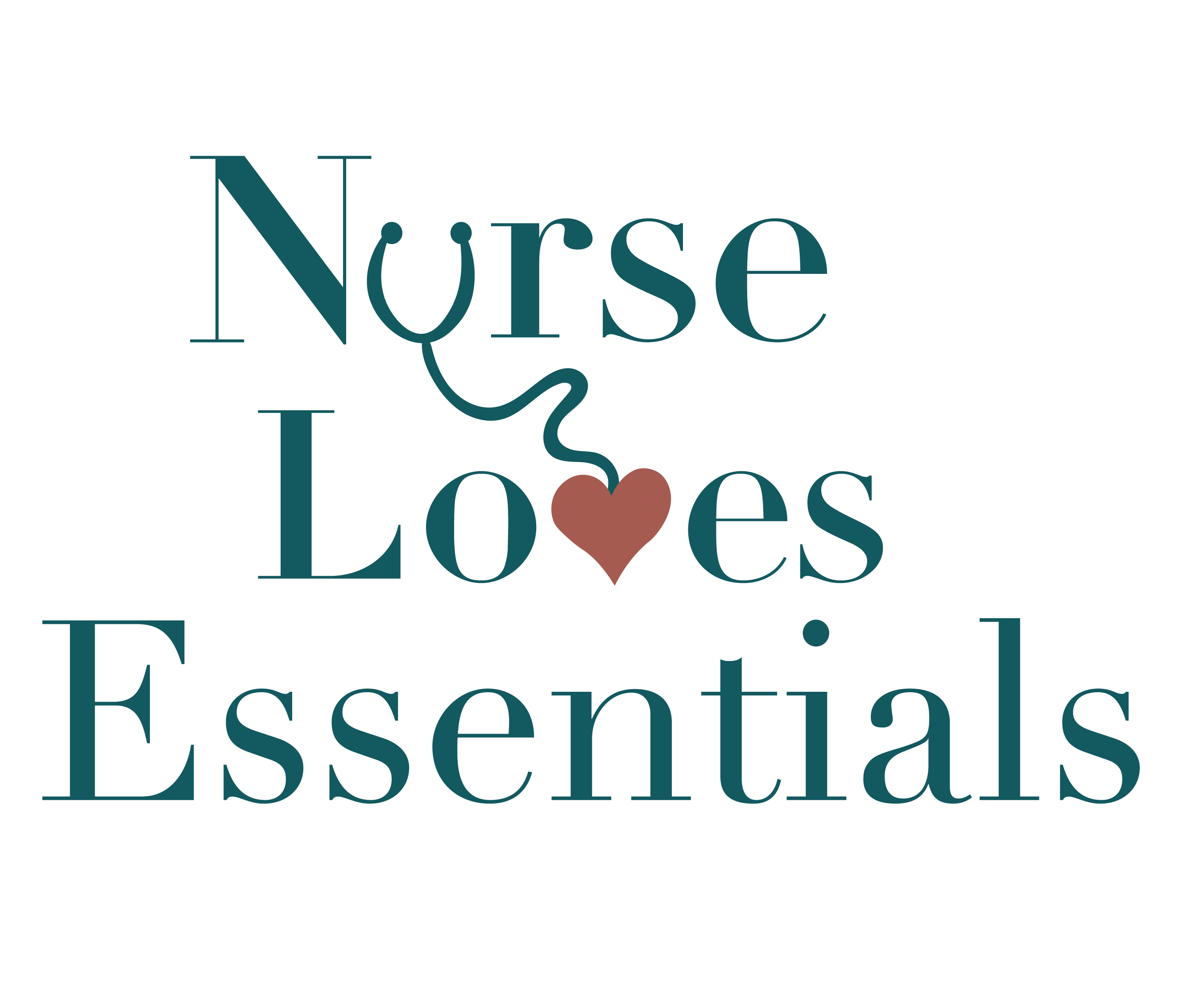



0 Comments